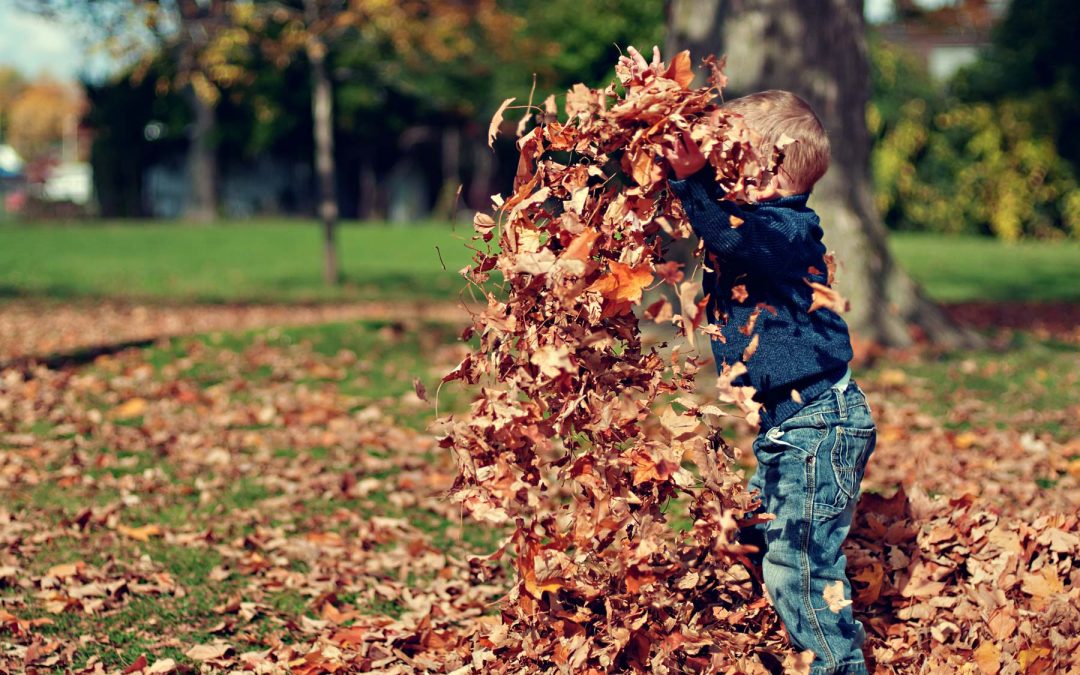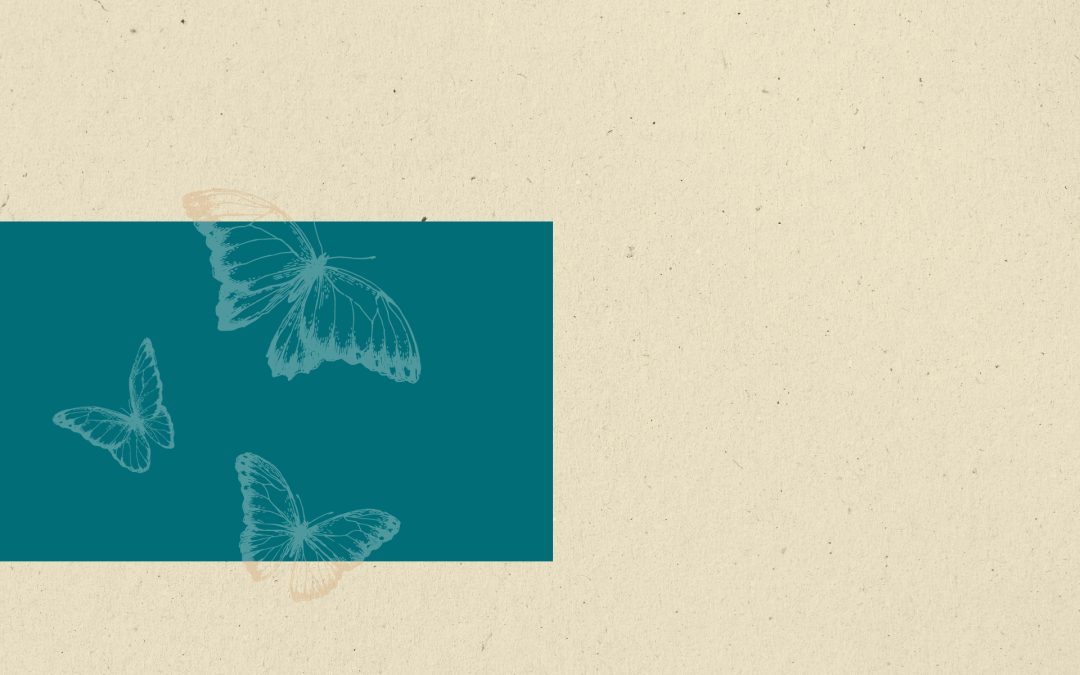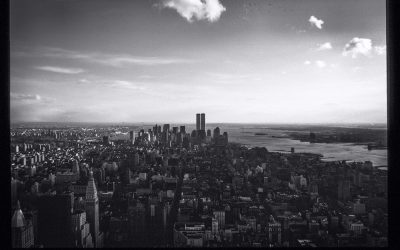Do you remember this ad? The original ad campaign came out in 1987. I was 13 years old. I don’t remember any other ad from my childhood quite as clearly as this one. It opens with a man in what looks like a rundown apartment. He holds up an egg and says, “This is your brain.” He then motions to a frying pan on the stove and says, “This is drugs.” The egg is cracked open, put in the pan and in a very grave voice he states, “This is your brain on drugs.” The final shot is a close-up of this man looking directly into the camera asking, “Any questions?” For a teenager growing up in the suburbs of Southern California, the message came through loud and clear and gave me a clear visual image of what I had already been taught about drugs – if you go down that path you will never, ever come back and you will never, ever make anything of your life.
The problem with that message is that it actually isn’t true. Recovery does occur because our brains can and do change. Advances in science have allowed us to understand that a broken arm would be a far more accurate visual to use. As we learn, have experiences and form memories our brains begin the process of changing . One way to look at addiction is that it is a disorder of attention. A heroin addict will notice a smelly, dark alley in a seedy neighborhood and feel a longing to be there. An individual with a gambling addiction will hear the bells and chimes of slot machines and start to look for the “hot” machine and spend the money set aside for a down payment. An individual with a sexual addiction will crave a lust hit and begin to inappropriately flirt with a co-worker and risk their entire career. In these scenarios, the individual struggles to find hope. Just like the egg ad, the message is clear their is no hope.
There is hope. Healing from addiction is possible. Let’s look at how it parallels much more closely with healing physically from a severely broken arm.
1) If you broke your arm, you would want to go to an expert to make sure it is treated appropriately. Your recovery should be handled in the same way. At TherapyUtah we know that attending our weekly on-line LIFT groups gives you the support, the consistency, the safety and the accountability needed for long-term recovery.
2) Just like an x-ray will reveal to your doctor the extent of your injury and the needed course of medical treatment our initial assessment at intake allows us to determine the course of your mental health treatment. We have clients that need both our on-line LIFT program and individual sessions. Others just need the group environment.
3) A cast is a tool doctors use in your healing. At TherapyUtah we have many tools for you to use in your recovery. During the course of your group and individual sessions, we will give you specific tools and group gives you a safe environment to practice using those tools.
4) The treatment may feel challenging, much like a cast put on your arm. You want to be able to move your arm how you have always moved your arm and it can be frustrating. Similarly, dedicating 2 hours a week to a group, connecting through phone calls with group members, recording your thoughts, learning how to use the tools can bring up frustration. Being in a group helps you to share whatever your feeling and keeping moving forward.
5) When your arm is initially treated, you will need to focus on your own healing. Making sure the cast doesn’t get wet, elevate your arm, wiggle your fingers, lift cautiously. When your cast is removed your arm will be weak, stiff and uncomfortable. Similarly, when you begin our on-line LIFT program, you will find that the focus is on your healing. Learning how to keep yourself safe, practicing relapse prevention and personal healing. Over time your focus is shifted to healing relationships. During this time, you may feel unprepared for the task, communication can feel stiff, relationships can feel uncomfortable. At TherapyUtah, just like we helped you through the challenges of the initial phase we guide you through this phase with its unique challenges.
20 years after the original commercial I personally have grown in my understanding of what an addict looks like, what causes addiction and what helps individuals maintain a life of recovery. I’m grateful that solid science has confirmed what I know to be true – people change, hope returns, families reconnect and amazing lives are lived!








